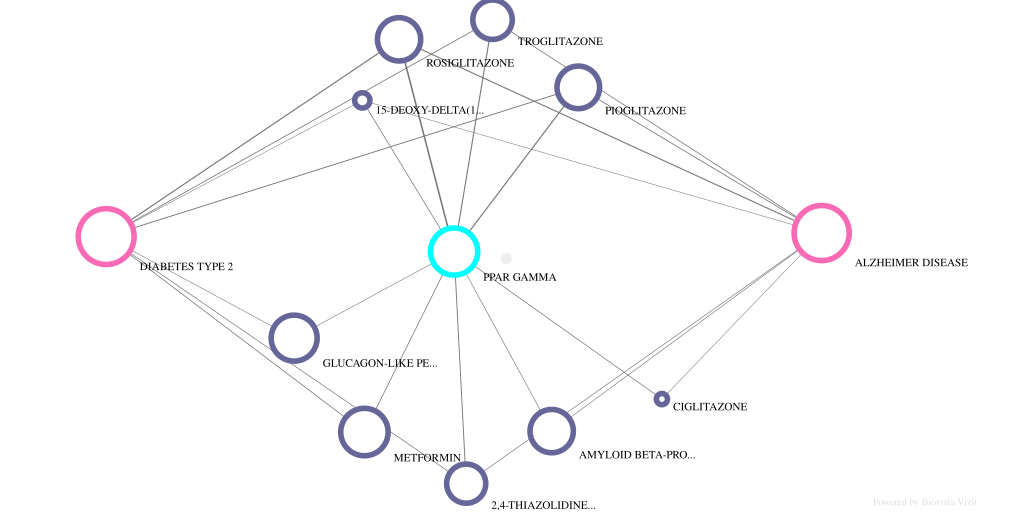- Mar 2019
-
indianexpress.com indianexpress.com
-
The virus is commonly found in Africa, Europe, the Middle East, North America and West Asia. The World Health Organization (WHO) documents that it was first isolated in a woman in the West Nile district of Uganda in 1937. It was identified in birds (crows and columbiformes like doves and pigeons) in the Nile delta region in 1953. Before 1997, WNV was not considered pathogenic for birds — but then, a more virulent strain caused the death in Israel of different bird species, presenting signs of encephalitis and paralysis. Human infections attributable to WNV have been reported in many countries in the World for over 50 years, the WHO says.
Zoonotic in nature
-
-
s3-us-west-2.amazonaws.com s3-us-west-2.amazonaws.com
-
is a waterborne bacterial disease, caused by the leptospiro bacteria. It rarely spreads from person to person and can be treated with common antib
The bacteria is found in the urine of rodents.
-
- Dec 2018
-
www.ncbi.nlm.nih.gov www.ncbi.nlm.nih.gov
-
Alzheimer's disease (AD) is not normally diagnosed until later in life, although evidence suggests that the disease starts at a much earlier age. Risk factors for AD, such as diabetes, hypertension and obesity, are known to have their affects during mid-life, though events very early in life, including maternal over-nutrition, can predispose offspring to develop these conditions. This study tested whether over-nutrition during pregnancy and lactation affected the development of AD in offspring, using a transgenic AD mouse model. Female triple-transgenic AD dam mice (3xTgAD) were exposed to a high-fat (60% energy from fat) or control diet during pregnancy and lactation. After weaning (at 3 weeks of age), female offspring were placed on a control diet and monitored up until 12 months of age during which time behavioural tests were performed. A transient increase in body weight was observed in 4-week-old offspring 3xTgAD mice from dams fed a high-fat diet. However, by 5 weeks of age the body weight of 3xTgAD mice from the maternal high-fat fed group was no different when compared to control-fed mice. A maternal high-fat diet led to a significant impairment in memory in 2- and 12-month-old 3xTgAD offspring mice when compared to offspring from control fed dams. These effects of a maternal high-fat diet on memory were accompanied by a significant increase (50%) in the number of tau positive neurones in the hippocampus. These data demonstrate that a high-fat diet during pregnancy and lactation increases memory impairments in female 3xTgAD mice and suggest that early life events during development might influence the onset and progression of AD later in life.
-
- Dec 2017
-
www.ncbi.nlm.nih.gov www.ncbi.nlm.nih.gov
-
A beneficial impact of the fat quality on insulin sensitivity is not seen in individuals with a high fat intake (> 37E%).
This is likely do to the reduced carbohydrate intake rather than increased fat intake. Since carbohydrates generally insulin sensitivity, it's likely that this additional insulin resistance is acting as a confounder (as well as, presumably, a standard deviation widener). Thus, I would expect similar results during hypocaloric carbohydrate restriction.
Tags
- research note
- diabetes insulin sensitivity resistance blood sugar
- saturated fatty acid fat LCSFAs unsaturated ceramide intramuscular triglycerides intramyocellular lipid
- fatty acid / fat / LCSFA(s) /
- diabetes / insulin sensitivity/resistance / blood sugar
- diet health lifestyle disease prevention and reversal food nutrients nutrition eat
Annotators
URL
-
- Aug 2017
-
www.biovista.com www.biovista.com
-
The first note in Biovista Vizit the free unbiased visual pubmed search tool using hypothes.is
-
- May 2017
-
-
Scientists think that the increased melting of permafrost in polar regions could lead to the revival of viruses that haven't been around for thousands of years.
This is scary!
-
-
dresselstyn.com dresselstyn.com
-
Though current medical and surgical treatments manage coronary artery disease, they do little to prevent or stop it. Nutritional intervention, as shown in our study and others, has halted and even reversed CAD
-
- Feb 2017
-
en.wikipedia.org en.wikipedia.org
-
simply
fdf
-
name
hello
-
- Mar 2016
-
download.springer.com download.springer.com
-
scienceWhen the actor Michael J. Fox was in the initial stages of creating his foundation forresearch on Parkinson’s Disease, he came to recognize the negative impact thatcompetition among scientific groups has on the overall progress of research on thedisease. The director of one group actually said to him, ‘‘Well, if you don’t help us,then, at least, don’t help them’’ [1, p. 236]. Such was his introduction to thecompetitive world of U.S. science.
Anecdote about how Michael J. Fox discovered scientific competition when he set up his foundation for Parkinson's disease.
-
- Jan 2016
-
www.medscape.com www.medscape.com
-
Heightened international concern about Zika was driven not by its relatively mild effect on infected adults, who typically recover in about a week, but by its devastating effect on babies in utero. In Brazil, cases of microcephaly, in which the brain does not develop fully before birth, surged from an average 150 per year to almost 4000 cases in 2015.
Dr Shah warned that although there has been no local transmission of Zika as yet in the continental US, areas along the Gulf Coast have populations of the two species of Aedes mosquitoes that serve as vectors for Zika virus. He said that a patient with sufficiently high Zika viral load could, in theory, pass Zika to one of these mosquitoes.
Tags
Annotators
URL
-
